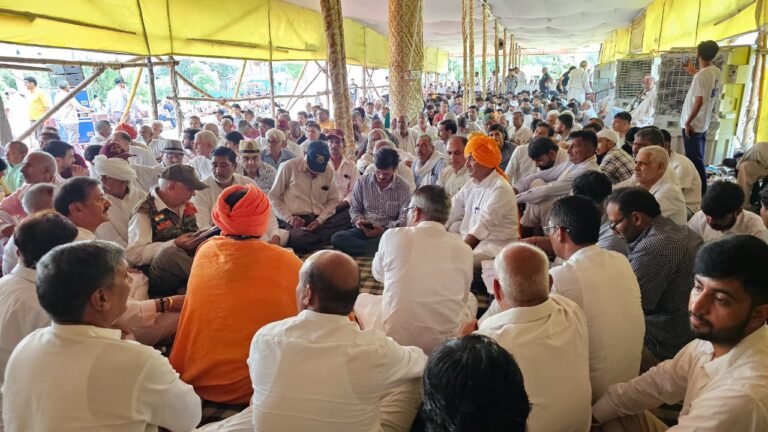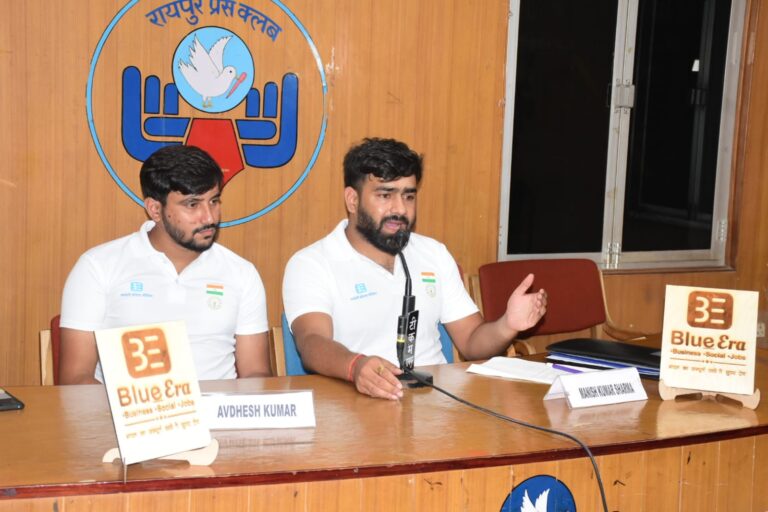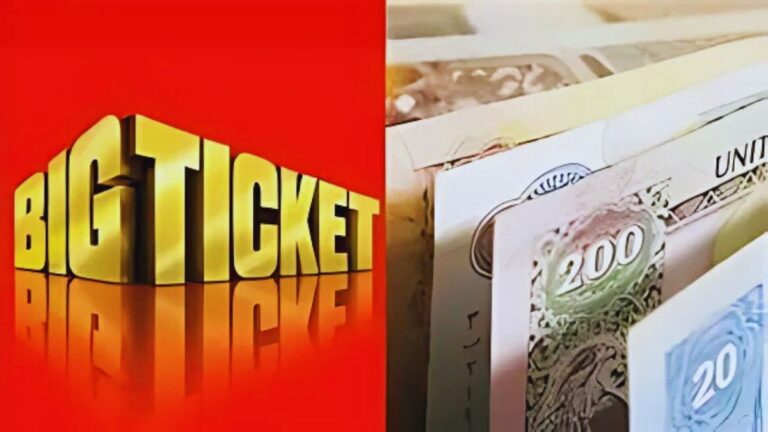Tokenization of Real-World Assets: Global Lessons and India’s Next Big Opportunity
From bonds to real estate, global markets are embracing tokenization — and India is positioning itself to turn pilot projects into the next big leap in capital markets.

New Delhi: Global financial markets are quietly rewiring themselves for a world where value moves on blockchain. The tokenization of real-world assets that started as experiments and pilots is now moving steadily towards a reality. This wave of tokenization is not limited to government bonds but also encompasses gold, real estate, warehouse invoices, and even company shares, all represented as digital units that can be split, transferred, and settled with far less friction. The momentum is measurable. Tokenized RWAs are near $26 billion by mid-2025; include fiat backed stablecoins and the on-chain base comfortably exceeds $295 billion. Banks and asset managers are launching tokenized funds and treasuries, market operators are refitting their pipes, and regulators are writing rulebooks, turning a once theoretical concept into working market infrastructure.
Stablecoins are the first and largest example of how tokenized claims can scale. It is now possible to trade and pay using digital dollars and euros fully reserved with the buying and selling having no friction for exchange participants, trading partners, and corporates. After stablecoins came tokenized sovereign debt led by US Treasury bills. The interest rate of treasury products is elevated for all of 2024 and a variety of on-chain treasury products attracted sustained tokenized demand of over $7 billion, with Blackrock’s tokenized treasury funds rapidly emerging as the benchmark. Commodities come next. Combinations of golden-backed tokens, like Pax Gold and Tether Gold, had over $1.7 billion of value and provide tokenized access to vaulted bars of immediate transferability. Real estate is earlier but not a thought experiment anymore. There are platforms in the U.S, Europe and the Middle East legally selling structured fractions of income producing property to a collective pool of smaller investors.
Equities remain the most intriguing and the hardest to execute. Some synthetic stock tokens disappeared after regulatory scrutiny, yet the underlying idea keeps resurfacing. Europe has opened controlled paths under its distributed ledger regime, and Germany’s regulator has approved limited tokenized shares of names like Tesla and Apple with strict safeguards. In the United States, tokenized equity and fund interests must fit existing securities rules, which has slowed retail products but has not stopped private placements through regulated venues. The direction of travel is clear. The legal wrappers are catching up with the technology wherever institutions see cost and distribution advantages.
In India too, a Bangalore based fintech has won SEBI’s nod to try tokenized fractional ownership of listed equities through the sandbox mechanism. The workflow is designed to split high priced shares into small digital units that confer legal co-ownership; each unit maps to an actual share at NSDL or CDSL and appears in the holder’s demat, and anyone who buys all fractions can redeem the whole share. By anchoring custody in market infrastructure and preserving investors as beneficial owners, the design answers the issues that sank broker led proposals in 2021 and, at scale, could drop blue chip entry tickets to a few hundred rupees and enable genuinely diversified retail portfolios. Beyond equities, there are start-ups who have tokenized approved invoices so banks can fund MSME suppliers at rates closer to the anchor’s risk and has piloted instant on chain loyalty payouts. Some others are bringing fractional real estate onto a blockchain ledger. All this while GIFT City pilot projects are exploring tokenized bonds and cross border securities under supervision. None of this is mass market yet, but together it sketches the first draft of an Indian tokenization stack.
The rest of the world offers clear lessons. The European Union’s MiCA framework and the DLT pilot regime have given banks and market operators a way to try tokenized bonds and funds inside a rule set they recognize. The United States shows that large institutions will tokenize credit and treasuries when the compliance path is usable, even if retail equity products take longer. The Middle East is leaning on tokenized real estate to attract global capital into landmark projects, backed by specialist regulators. Singapore’s Project Guardian shows what happens when supervisors and banks co design protocols for trading tokenized assets and currencies on the same rails. Across these regions the pattern is similar. Start with high quality assets, plug into existing custodians and transfer agents, and keep the legal layer front and centre.
For India, this is both real and attainable. Not only can tokenization enhance access to capital markets, improve liquidity, and reduce costs in issuance and post trade, but with established rules it can also attract new global capital to domestic capital markets. That clarity must sit alongside thoughtful crypto policy, because RWA rails run on the broader digital asset stack: stablecoins provide the cash leg for settlement, while permissioned or public chains record ownership and automate corporate actions. Without a coherent approach to crypto and tokenized money, innovation will stay confined to sandboxes. With regulation, India can move from pilots to scale, protect investors, and still leave room for new products. We can already see this abroad, where tokenization is changing how assets are issued, held, and exchanged, and at home, where credible early examples are emerging.






No Comments Yet